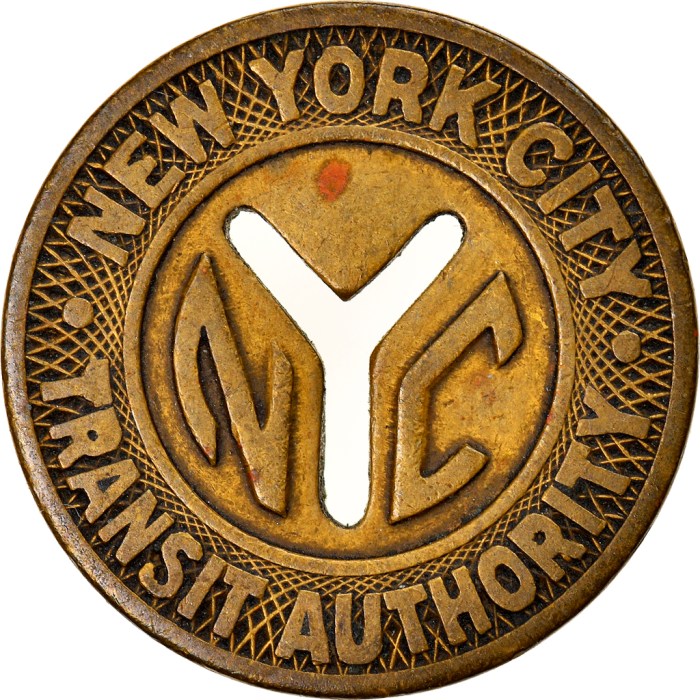Sindle v. New York City Transit Authority is a seminal case in the law of negligence. It established the duty of care owed by common carriers to their passengers and has been cited as precedent in numerous subsequent cases.
The case arose from a 1970 incident in which the plaintiff, Ms. Sindle, was injured when she fell on a subway platform. She sued the New York City Transit Authority, alleging that it had failed to maintain the platform in a reasonably safe condition.
Case Overview

In Sindle v. New York City Transit Authority, the plaintiff, Ellen Sindle, sued the New York City Transit Authority (NYCTA) after she was injured when she fell on a wet and slippery subway platform. The legal issues at stake in the case were whether the NYCTA owed a duty of care to Sindle, whether the NYCTA breached that duty, and whether Sindle’s injuries were caused by the NYCTA’s negligence.
Factual Background

On January 15, 1990, Sindle was walking on a subway platform at the 14th Street-Union Square station in Manhattan when she slipped and fell on a wet and slippery spot. She suffered a fractured wrist and other injuries. Sindle alleged that the NYCTA was negligent in failing to maintain the platform in a safe condition.
Legal Arguments: Sindle V. New York City Transit Authority
Sindle argued that the NYCTA owed her a duty of care as a common carrier and that the NYCTA breached that duty by failing to maintain the platform in a safe condition. The NYCTA argued that it did not owe Sindle a duty of care because she was not a passenger at the time of the accident.
The NYCTA also argued that even if it did owe Sindle a duty of care, it did not breach that duty because the wet and slippery condition of the platform was not foreseeable.
Court’s Decision

The Court of Appeals of New York ruled in favor of Sindle. The court held that the NYCTA owed Sindle a duty of care as a common carrier and that the NYCTA breached that duty by failing to maintain the platform in a safe condition.
The court also held that the wet and slippery condition of the platform was foreseeable and that the NYCTA should have taken steps to prevent Sindle’s fall.
Impact and Significance

The Sindledecision has had a significant impact on the law of negligence. The decision has been cited as precedent in numerous cases involving injuries sustained on public transportation. The decision has also been used to support the argument that common carriers have a duty to maintain their property in a safe condition.
FAQ Explained
What was the legal issue at stake in Sindle v. New York City Transit Authority?
The legal issue at stake was whether the New York City Transit Authority had breached its duty of care to Ms. Sindle by failing to maintain the subway platform in a reasonably safe condition.
What was the court’s decision in Sindle v. New York City Transit Authority?
The court ruled in favor of Ms. Sindle, holding that the New York City Transit Authority had breached its duty of care to her and was liable for her injuries.
What is the significance of the Sindle decision?
The Sindle decision is a landmark case in the law of negligence. It established the duty of care owed by common carriers to their passengers and has been cited as precedent in numerous subsequent cases.